Maintaining Balance: Coastal Communities and Sustainable Economic Life
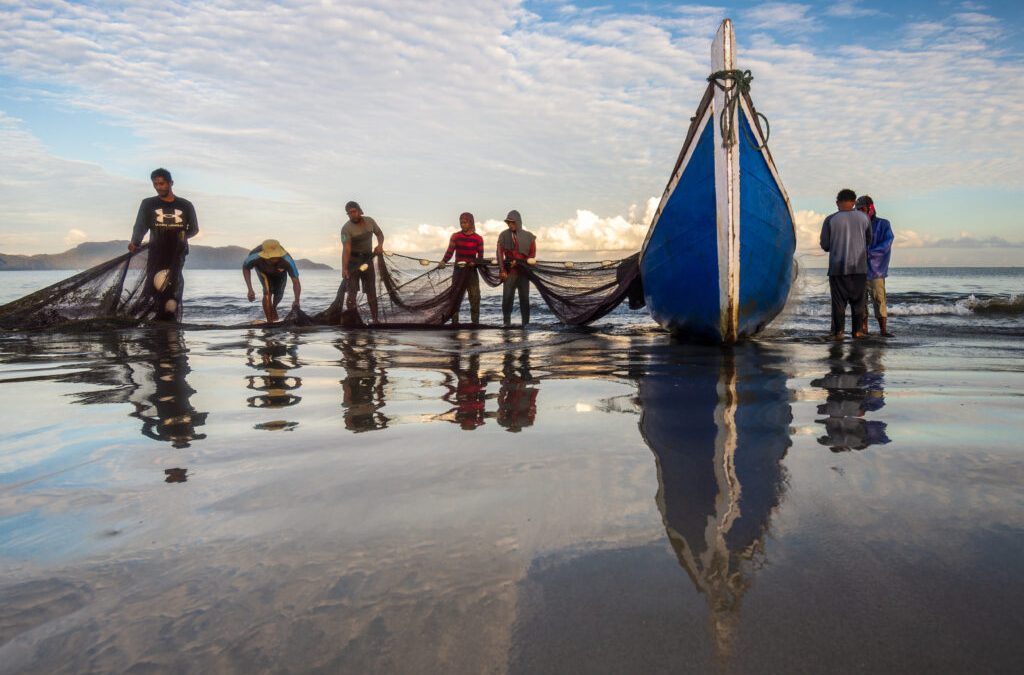
Photo Credit : Fredography.id/Shutterstock
Coastal areas, as rich natural heritage, provide abundant natural resources for the surrounding communities. However, increasing economic pressures and growing livelihood needs often lead to conflicts between economic activities in coastal areas and environmental conservation efforts. In this article, we will explore how coastal communities balance between economic activities and environmental preservation. Along the coastline, coastal communities live in a delicate balance between economic sustainability and environmental preservation. Their lives are influenced by natural cycles, yet often shaken by pressing economic challenges. As guardians of the sea, they play a crucial role in maintaining environmental sustainability while relying on these natural resources for livelihood.
Coastal Economy: Challenges and Opportunities
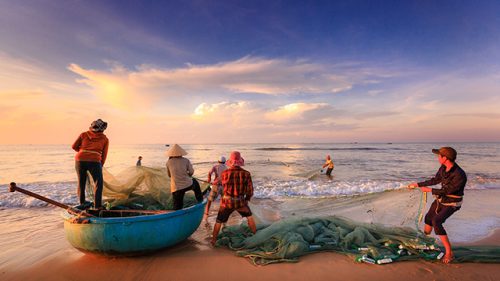
Photo Credit : Pixabay
The economic activities of coastal communities encompass various sectors, from fisheries and tourism to trade and transportation. However, challenges such as climate change, overfishing, and marine pollution threaten the sustainability of the natural resources that form the basis of their economy. To address these challenges, coastal communities need to adopt sustainable practices in their economic activities. The first key to building a balance between economic activities and the environment in coastal areas is a deep understanding of the available natural resources. Coastal communities need to realize that their economy heavily relies on the sustainability of natural resources such as mangrove forests, coral reefs, and fish populations. By understanding the importance of maintaining these natural resources, they can develop sustainable economic strategies. Furthermore, education and training on natural resource management and climate change adaptation can help coastal communities better understand and appreciate their environment. With the right knowledge and skills, they can make better decisions on how to use and preserve their natural resources, thus creating a better balance between economic needs and environmental conservation. This will not only help them to thrive in the long run but also contribute to the preservation of vital coastal ecosystems for the planet.
The Importance of Conservation and Community Empowerment
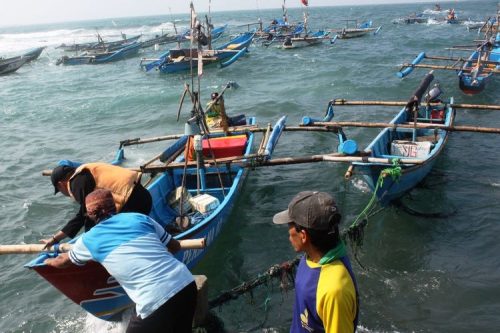
Photo Credit : Firman Taufiqurrahman
Currently, many coastal communities rely on economic sectors that harm the environment, such as overfishing or destructive aquaculture. However, with support and guidance, they can transition to more sustainable economic activities. For example, the development of environmentally friendly tourism, sustainable marine aquaculture, or the production of handicrafts from eco-friendly materials. Protecting the coastal environment is not only the responsibility of individuals but also a shared responsibility among communities and governments. Conservation programs such as mangrove reforestation, fishery resource monitoring, and waste management can help strengthen the resilience of coastal environments. Furthermore, community economic empowerment through skills training, market access, and income diversification is also crucial in reducing pressure on vulnerable natural resources.
Collaboration for a Sustainable Future
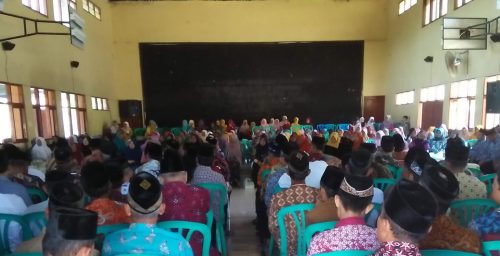
Photo Credit : Tribratanewsbantul
The importance of collaboration between governments, NGOs, the private sector, and local communities cannot be overstated in efforts to maintain the balance between the economy and the environment in coastal areas. By working together, we can create sustainable development models where the economic well-being of coastal communities aligns with environmental preservation. The involvement of local communities and governments in environmental conservation efforts in coastal areas is crucial. Through dialogue and cooperation among various stakeholders, policies supporting sustainable economic development while preserving the environment can be formulated. Additionally, education and outreach need to be enhanced so that communities have a higher awareness of the importance of environmental conservation.
Facing Challenges Together
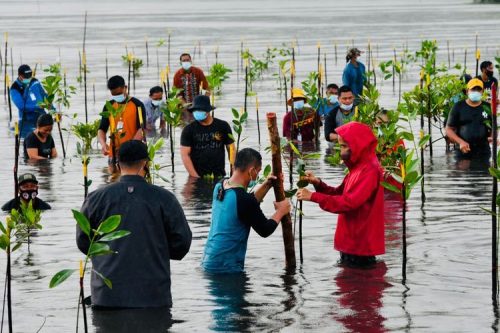
Photo Credit : Laily Rachev/Setkab
Coastal communities possess valuable local wisdom and knowledge about their environment. By combining traditional knowledge with modern innovations, we can create more effective solutions to maintain economic and environmental sustainability in coastal areas. As we appreciate and support coastal communities, we also protect the valuable natural heritage for future generations. To promote the transition to a more sustainable economy, it is essential to provide better access to resources and technology for coastal communities. This could include training in environmentally friendly marine cultivation techniques, market access for sustainable products, or assistance in establishing small businesses focused on environmental conservation.
Thus, building a balance between economic activities and environmental conservation in coastal areas is not an easy task, but it is crucial. Through collaboration between communities, governments, and other stakeholders, we can create sustainable development models that respect the diversity of the coastal environment.

